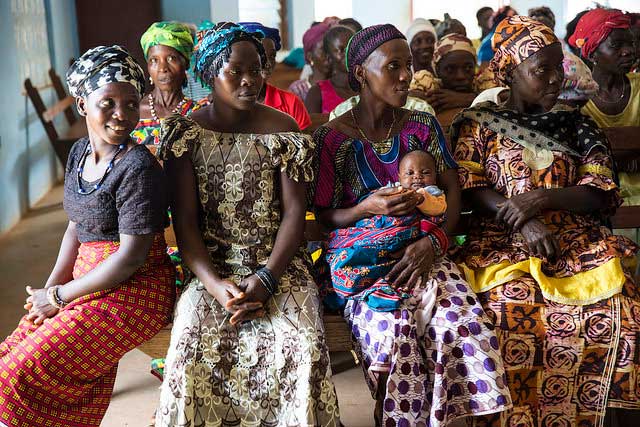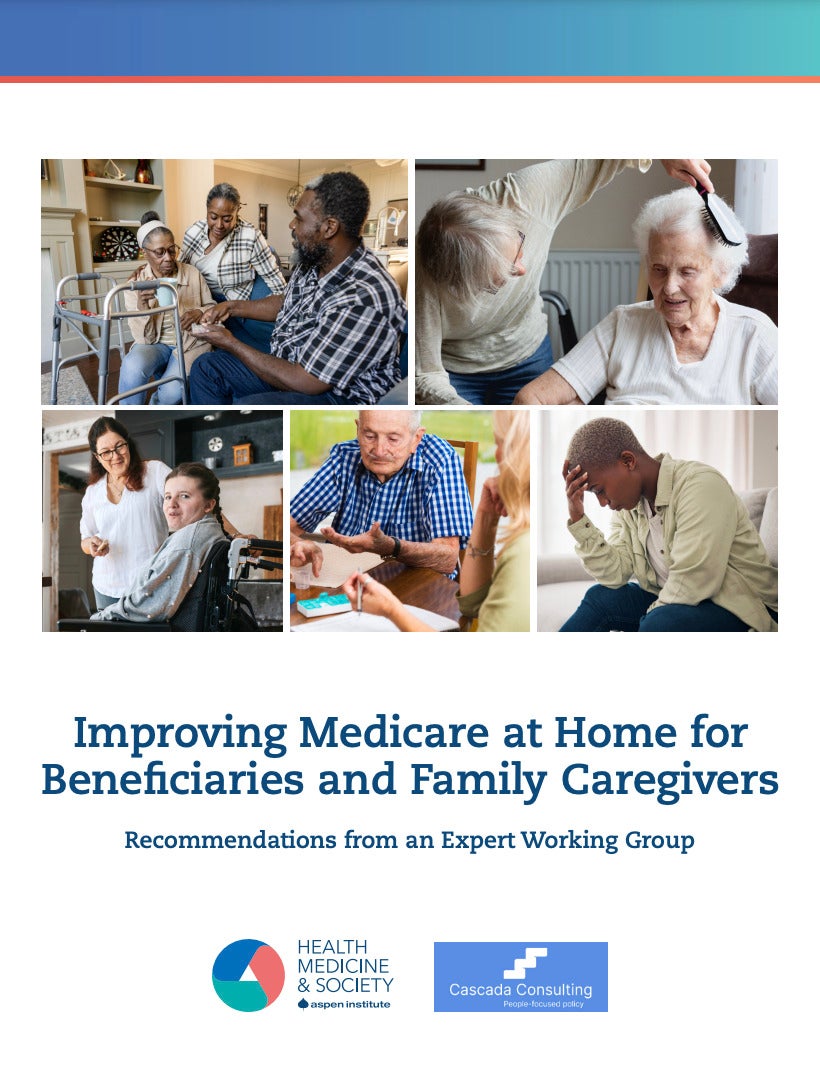FREETOWN, SIERRA LEONE – I was a young medical officer working at the Emergency Unit of the Ola During Children’s Hospital in Sierra Leone when I advised the mother of a child with severe malaria to tell a blatant lie. Her daughter Mariama needed a life-saving blood transfusion. But her mother had no money to pay for the screening tests and to compensate the blood donor. I had seen many children die while their parents frantically sought the necessary funds.
Determined to save Mariama’s life, I told her mother to go home and announce the death of her daughter. I knew this would provoke the sympathy of her relatives, and they would scrape together their meager resources to ensure a proper funeral. The mother agreed, and when she returned six hours later, she threw enough money on the table to cover all of Mariama’s care: a blood transfusion and treatment for malaria and worm infestation. A few days later, I discharged the still weak but recovering four-year-old from the hospital.
Though Mariama’s illness did not move her relatives to action, her death did. The same thing happened, on a much larger scale, during the Ebola epidemic in West Africa.
It is believed that the epidemic first took hold in the forested regions of Guinea in December 2013, then gradually spread into Sierra Leone and Liberia. The international community watched as the disease ravaged the three countries, decimating villages, wiping out entire families, and bringing economies to a standstill. But, at the start, it attracted little attention. The international community was content to ignore the truth, until the epidemic had become so widespread that they no longer could. By then, however, it was too late to avert a major catastrophe.
We are still learning the full extent of the Ebola disaster in West Africa. For fear of catching the disease, schools were closed, with students and teachers staying at home. Indeed, many workers stayed home as well, causing restaurants, bars, and hotels to cease functioning and the economy to grind to a halt. Half of all private-sector jobs were lost. Farmers’ self-isolation led to a 30% drop in agricultural output.
People’s social lives stalled as well. A curfew was imposed in many districts, and long-distance travel was discouraged. In several towns, accepting a visitor into your home meant the risk of a heavy fine.
Nonetheless, the disease spread into urban areas and, like a wildfire, engulfed the three countries and spilled into others. To date, more than 8,500 infections and 3,500 deaths have been reported just in Sierra Leone.
The health sector has perhaps been the hardest hit. The death of more than 220 health-care workers left only 3.4 skilled health personnel for every 10,000 citizens. As fear of Ebola mounted, many citizens stopped using health services, reflected in a 23% drop in births in hospitals or clinics, a 21% drop in children receiving basic immunization, and a 39% drop in children treated for malaria. As a result, these countries experienced a resurgence in vaccine-preventable diseases, malaria, maternal and child deaths, and acute malnutrition. In this sense, the worst may be yet to come.
But Sierra Leone is picking up the pieces, and has embarked on a two-year recovery plan. The first priority is to get the number of Ebola cases to zero and keep it there. This means changing the conditions that allowed it to spread so rapidly in the first place.
The first step is to rebuild the health-care system. The plan demands the restoration of health-care services in 40 hospitals and 1,300 primary health-care facilities across the country, so that children and mothers can receive free essential care, vaccinations, and treatment for diseases like tuberculosis, HIV/AIDS, and malaria. Moreover, in order to bolster safety – and restore confidence – in the health-care system, the plan calls for better infection-control practices and training for a new cadre of skilled workers. And it includes closer cooperation with community groups, which should be engaged in disease surveillance and response.
The post-Ebola recovery will not be quick, easy, or cheap. In Sierra Leone alone, it is expected to cost $1.3 billion – $896.2 million of which has yet to be procured. To close that gap, we need help from our African partners and the broader international community.
Many years ago, without the help of a lie, Mariama would have died. Today, we do not need lies. We need genuine engagement, open communication, and mutual accountability, at the local, national, regional, and global levels. We have already seen how a lack of essential health-care services can devastate a country, taking thousands of lives and shattering many more.
We came together as a country to beat Ebola, and we are committed to prevent future epidemics. With ongoing international support, we will do just that.


